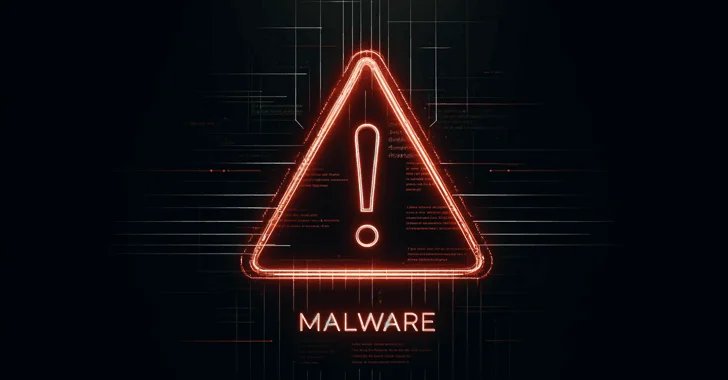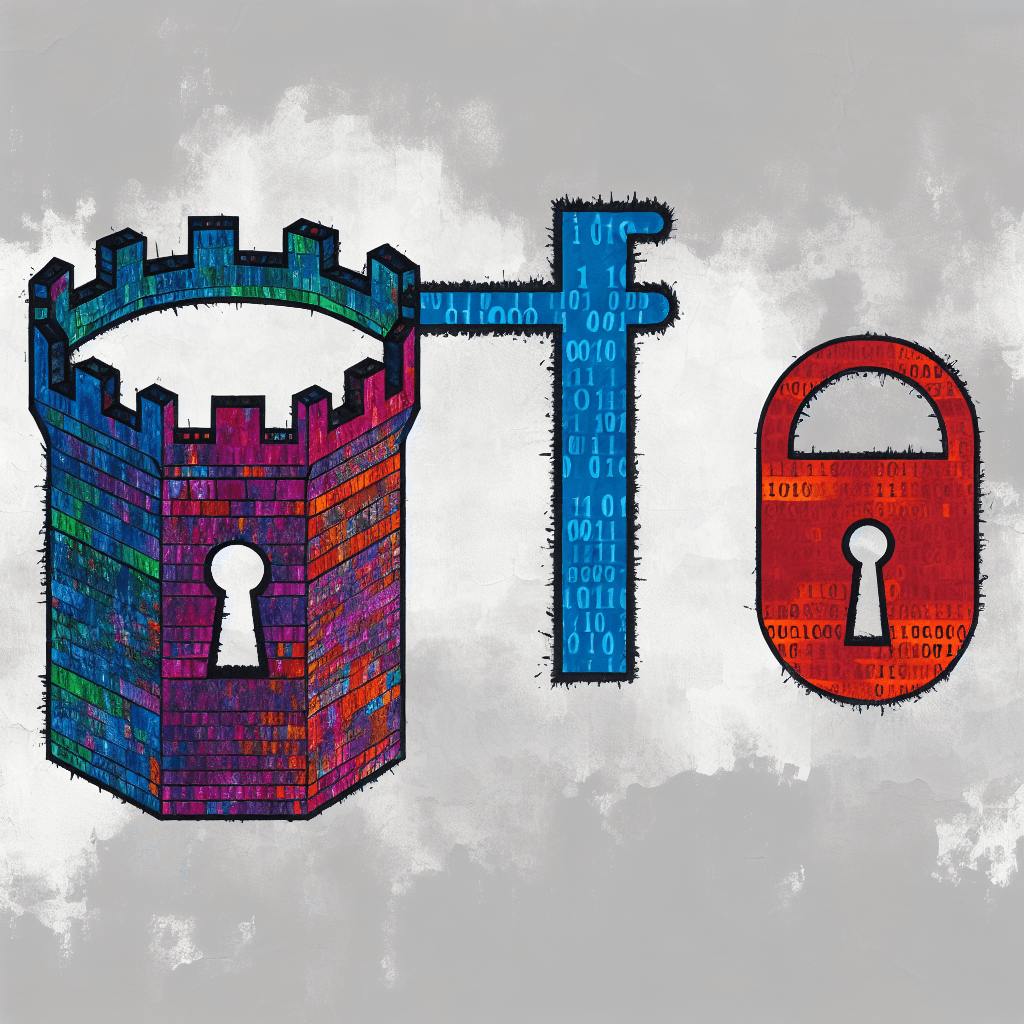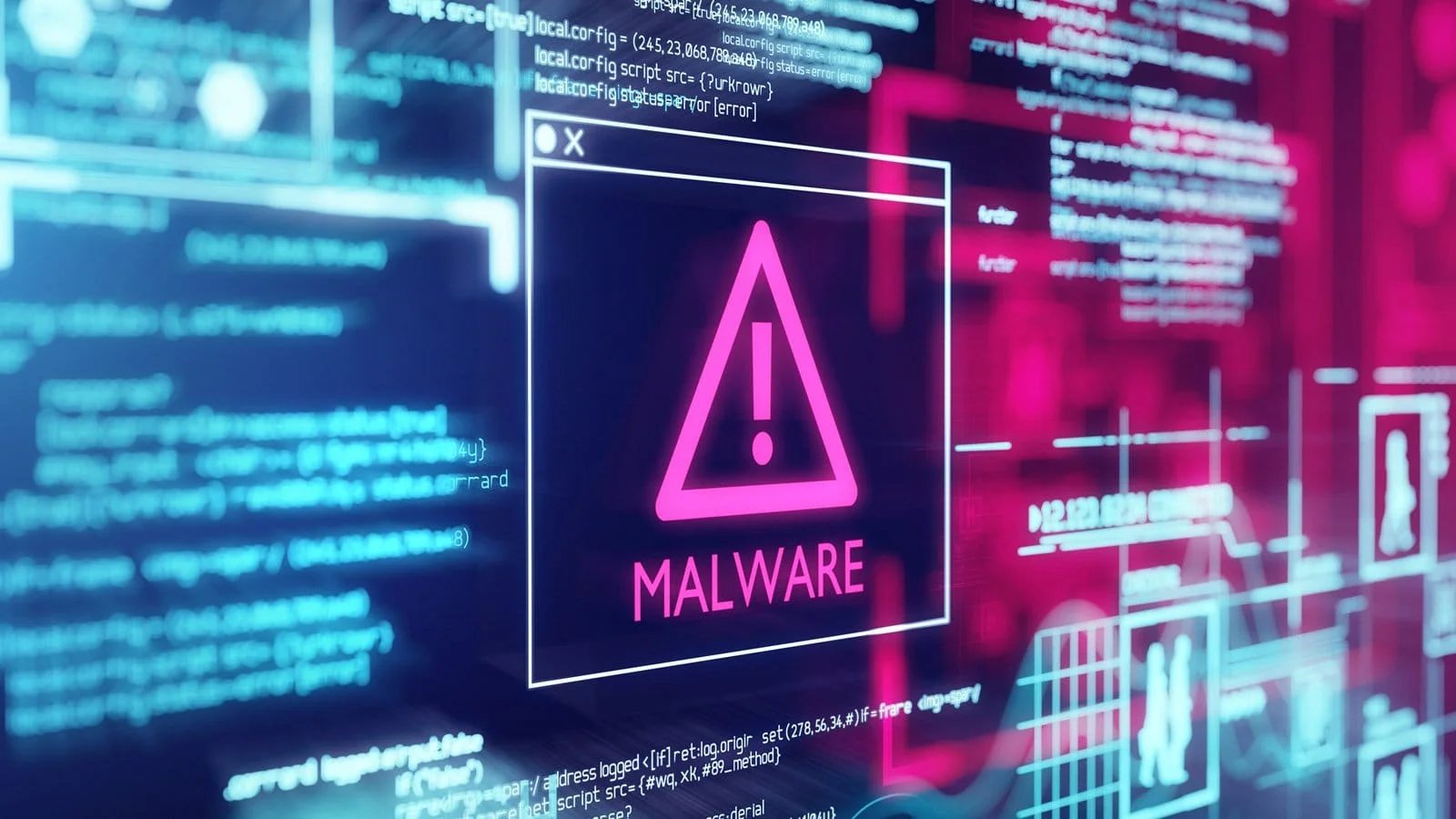Imagine a seasoned security boss quietly observing the maze of bytes and signals streaming across a corporate network. They see a pattern, a whisper of something out of place. That’s what Network Detection and Response (NDR) does. It looks for hidden trails many overlook. Especially when it comes to the dark web. Its dealings are often cloaked in encryption, rotation, and the tricks of anonymity. But here’s the twist—hidden within everyday network chatter, clues reside. Even the best hackers leave footprints. And a sharp NDR system catches them. This is part of the new truth in security leadership. It’s not just about blocking threats after they strike. It’s about prediction. About noticing the dangerous flicker before disaster hits.
CISO thought leadership now emphasizes the importance of understanding these silent signals. It’s about making cybersecurity leadership more than just reacting. It’s about becoming proactive. This is where CISO expertise shines. They unlock patterns others miss. They decipher encrypted traffic that, on its surface, appears harmless. Their real skill lies in connecting dots—seeing the bigger picture. Because if you can spot the dark web’s whispers in your network early enough, you may prevent ransomware, insider sabotage, or data leaks. It’s a game of patience and attention, of trained eyes scanning for the faintest irregularity. When deploying NDR correctly, they turn insights into action—and that turns the tide in today’s info security in the age of AI.
Practical Steps to Catch Dark Web Threats
So, how does an untrained eye start to see the unseen? It begins with understanding how the dark web sneaks into your network. Think of gateways—those secret doors used by malicious actors. The dark web relies on tools like Tor, I2P, and Freenet. These hide who’s really behind the activity. They encrypt and rotate, making detection tricky. Still, some signs are visible. Unusual port usage, encrypted traffic spiking at odd hours, communications with suspicious nodes—they all scream for attention. A vigilant system equipped with NDR can flag these patterns. It’s about knowing where and how dark web traffic tries to hide.
Shifting focus to the tools of the trade. NDR is technology that keeps pace with the ever-evolving threats. It doesn’t just watch for known bad signatures. Instead, it learns from normal network behavior and spots anomalies—like a security guard who notices someone lingering in a quiet corner. With the power of AI, NDR systems adapt, become smarter. They sift through massive data flows, find suspicious patterns, and alert cybersecurity leadership. This is the core of modern information security practices. If the right signals are caught early, organizations stand a better chance. Because in cybersecurity, quick detection can mean the difference between a close call and a costly breach.
A wise CISO recognizes that the fight against dark web threats isn’t just about fancy tools. It’s about strategic thinking, trained expertise, and constant vigilance. It’s about guiding teams to interpret signals correctly and act swiftly. As cyber threats grow more complex, mastering these detection techniques offers a vital edge. It transforms the narrative from reactive defense to proactive protection—where understanding, leadership, and technology come together. This is the essence of strong cybersecurity leadership today—and a safeguard against the unseen dangers lurking just beneath the surface.
Mitigating Cyber Risks for Long-Term Stability
In the realm of information security, preparing a comprehensive strategy is akin to drafting a business plan. Studying the market trends and technological advancements helps in formulating an approach that not only safeguards assets but also aligns with organizational goals, enhancing overall resilience.
Here are some key takeaways:
- Implement advanced NDR tools to detect hidden dark web activity early.
- Regularly analyze network traffic for anomalies like unusual ports or encrypted flows.
- Educate staff on dark web signs and proper cybersecurity practices.
- Enforce strict access controls and monitor insider activity continuously.
Each step echoes lessons from ‘Building Resilience in the Age of Digital Transformation’: proactive detection and continuous vigilance ensure security. It’s about readiness, not reaction. These lessons forge a resilient network foundation. They turn threat signals into strategic shields, safeguarding growth and innovation.
From the Author
As cyber threats become more complex and pervasive, the gap in cybersecurity expertise is becoming more apparent. This compounding problem requires a concerted effort to not only enhance security measures but also to educate and train the next generation of cybersecurity professionals.
I strive to share stories like this one to inspire and inform my readers. If you enjoyed this piece, I encourage you to explore more in the Management section or Small Business section.
Looking for additional insights? Don’t miss the Cybersecurity section for more expert thoughts.
To check the original story Click here
Expand Your Horizons
Stay informed on the latest cybersecurity strategies and tools, check out Google Cybersecurity Certification.







